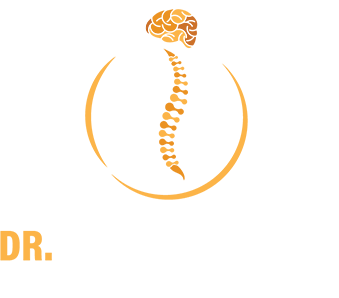Table Of Contents
- What Is A Spine Injury?
- What Can Cause A Spine Injury?
- What Are The Symptoms Of A Spine Injury?
- How Is A Spine Injury Diagnosed?
- What Is The Treatment For A Spinal Injury?
What is a Spine Injury?
Damage to the spinal cord is known as a spinal cord injury. It’s a severe form of physical trauma that almost certainly has a long-term and considerable influence on most elements of daily life.
The spinal cord is a bundle of nerves and other tissues that are contained and protected by the vertebrae of the spine or the backbone. It communicates with the brain from the body and vice versa. The vertebrae are the bones that make up the spine and are piled on top of each other. The spine, which runs from the base of the brain down the back and finishes near the buttocks, contains several nerves.
Because of this, we can feel impulses like that of pain. Some or all of these impulses may not be able to “get through” if the spinal cord is injured. Below the damage, there can be a complete or partial loss of feeling and motion. A spinal cord injury closer to the neck is more likely to induce paralysis across the body than one closer to the lower back.
What can Cause a Spine Injury?
An accident or violent occurrence is frequently the cause of spinal cord injury. All of the following can cause injury to the spinal cord:
- Trauma to the head, and neck region, back, or chest area as a result of a motor accident
- Injury to the head or spine during sporting events
- Fall from a great height
- Electrical mishaps
- Violent attacks like stabbing or a gunshot
- Diseases like cancer, arthritis, osteoporosis
What are the Symptoms of a Spine Injury?
Some of the signs and symptoms are;
- Problems walking, inability to move the arms or legs
- Numbness or tingling in the extremities that spreads
- Lack of urinary or bowel control
- Spasms or exaggerated reflex actions
- Pain and stinging sensation in the back
- Reduced libido
- Breathing difficulties, coughing, or a need to clear mucus from the lungs
- Reduced sensations for heat, cold, and touch.
- Back or neck discomfort, pressure, or stiffness
How is a Spine Injury Diagnosed?
A clinician may be able to rule out a spinal cord injury in the emergency room by performing an examination, testing for sensory function and mobility, and asking some questions regarding the accident.
Emergency diagnostic testing may be required if the injured person complains of neck pain, isn’t completely conscious, or has clear evidence of neural impairment. These tests may involve the following:
- CT scan to provide a more detailed image of X-ray abnormalities. This scan involves using computers to create a series of cross-sectional images to identify bone, disc, and other issues.
- X-rays: X-rays of the spine can indicate abnormalities with the vertebral column, cancer, fractures, and degenerative changes.
- MRI: To make an MRI, a powerful magnetic field and radio waves are used.
What is the Treatment for a Spinal Injury?
Unfortunately, injury to the spinal cord is irreversible. But, rehabilitation can help a lot. Spinal cord injury therapy focuses on preventing additional injury and helping persons who have had a spinal cord injury to get back to an active lifestyle.
Therapy for a spinal cord injury begins at the accident scene only. Emergency professionals often utilise a rigid neck collar and a rigid carrying board to immobilise the spine as gently and promptly as possible.
Surgery can be done to remove any bone fragments or foreign objects. If recovery is possible, it is usually determined by the degree and extent of the injury. It can take from months to years.




